Search
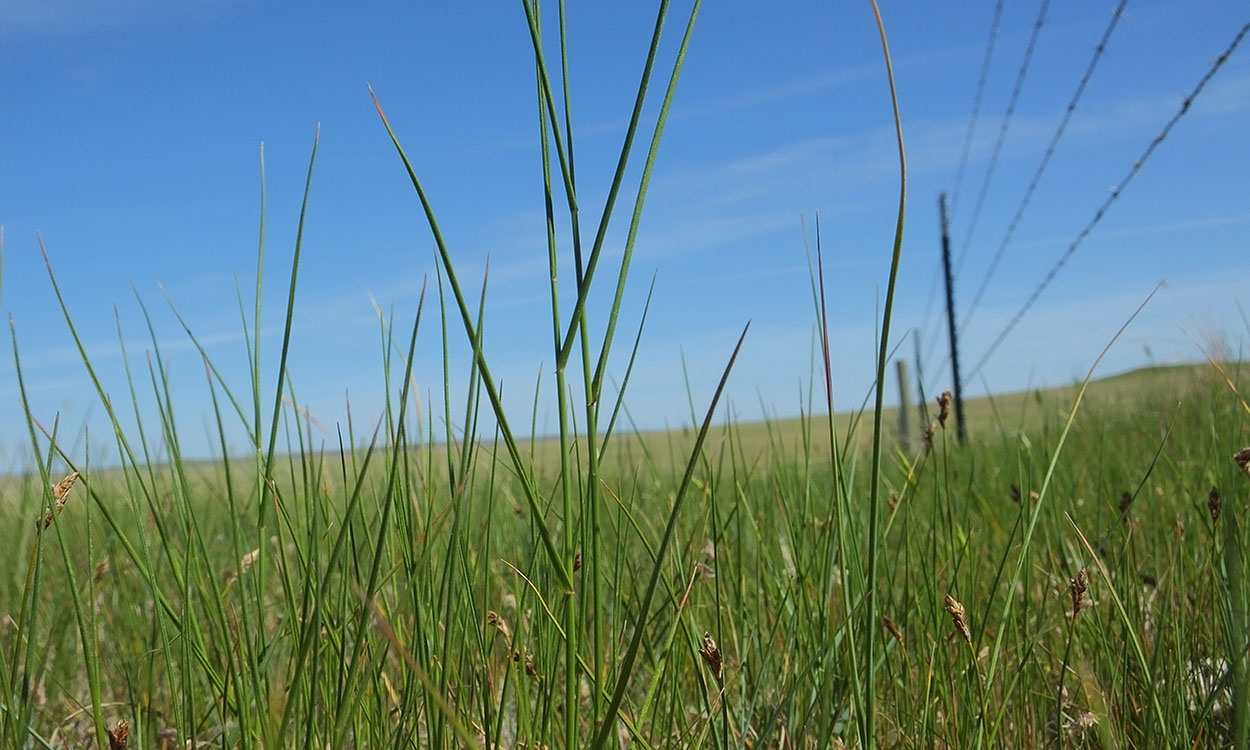
Native Species
Native grassland species are a vital part of South Dakota’s livestock industry. Native species tend to be well adapted to the soils and climate of a specific area, and they are typically less susceptible to disease, pests, drought and other ailments.
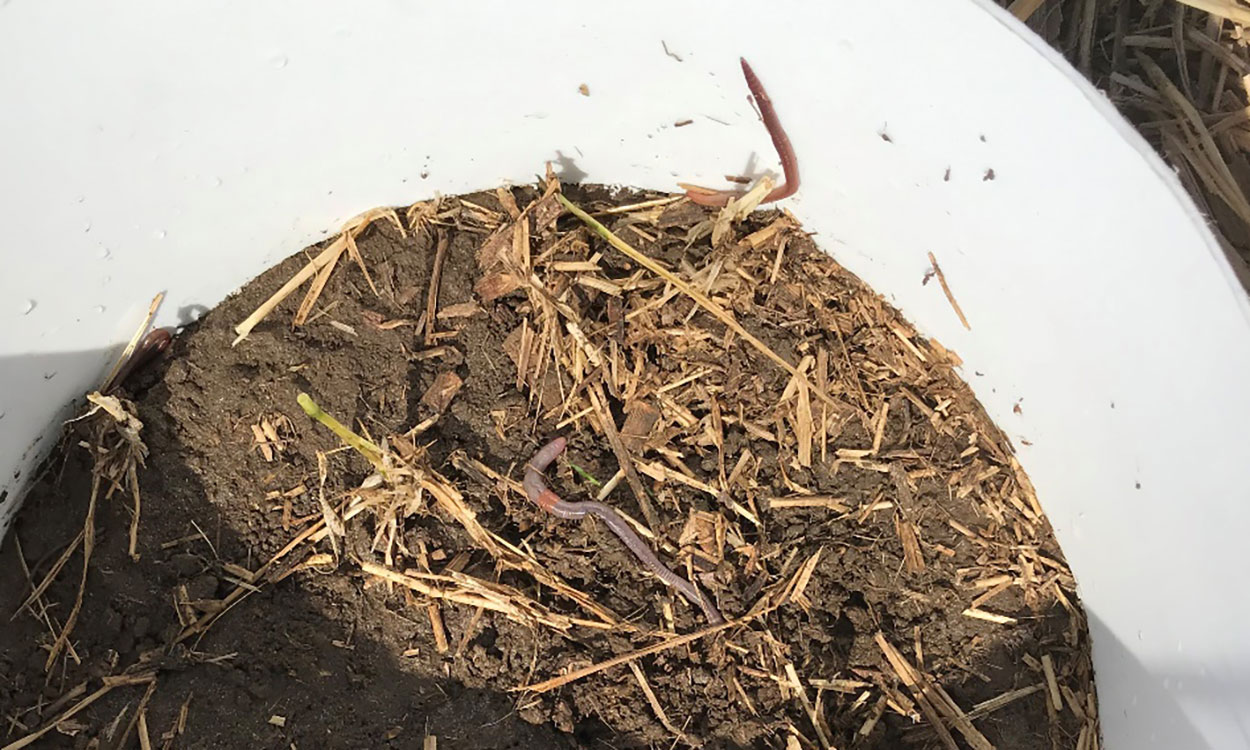
How’s Life in the Soil? Ask (Count) the Earthworms.
Earthworms are ‘very special’ creatures on earth, and their contribution in soil nutrient cycling and fertility management has been acknowledged from the beginning of agriculture. So, the question needs to be asked, how can we help improve earthworm populations?
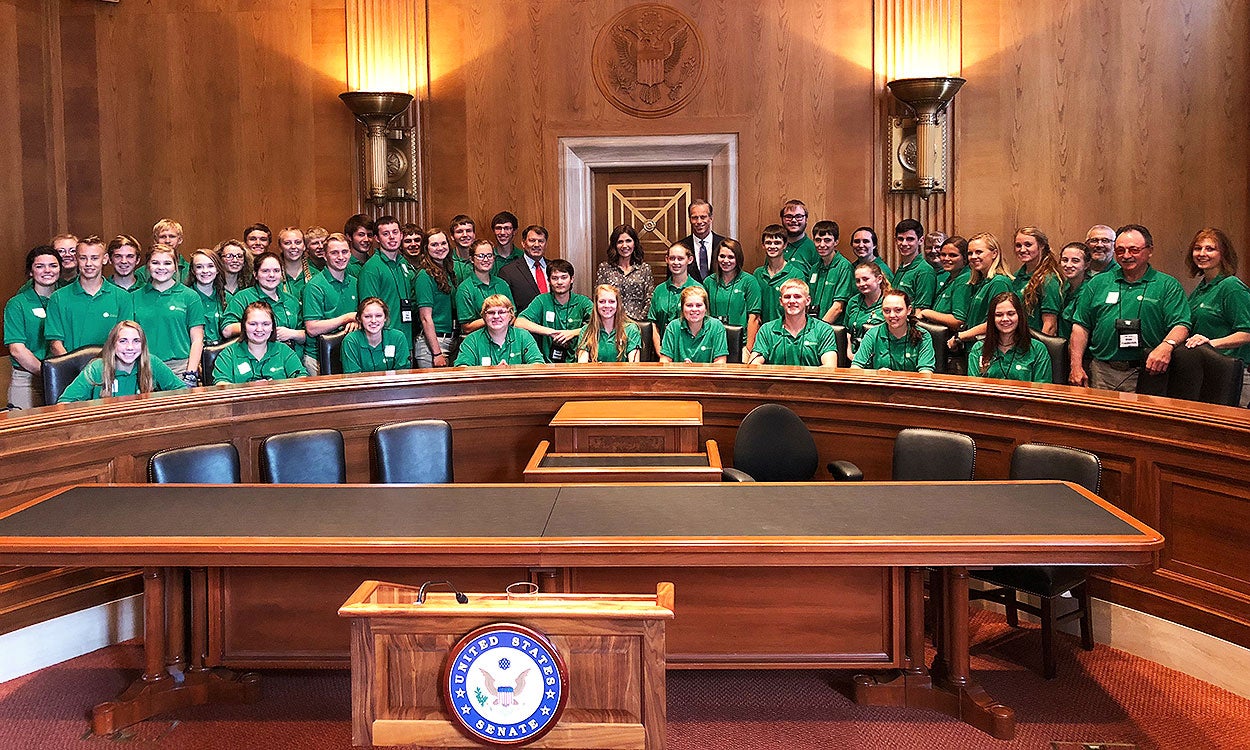
Citizenship Washington Focus (CWF)
CWF is a week-long 4-H citizenship program for thousands of 4-H’ers hosted in Washington D.C. each summer.
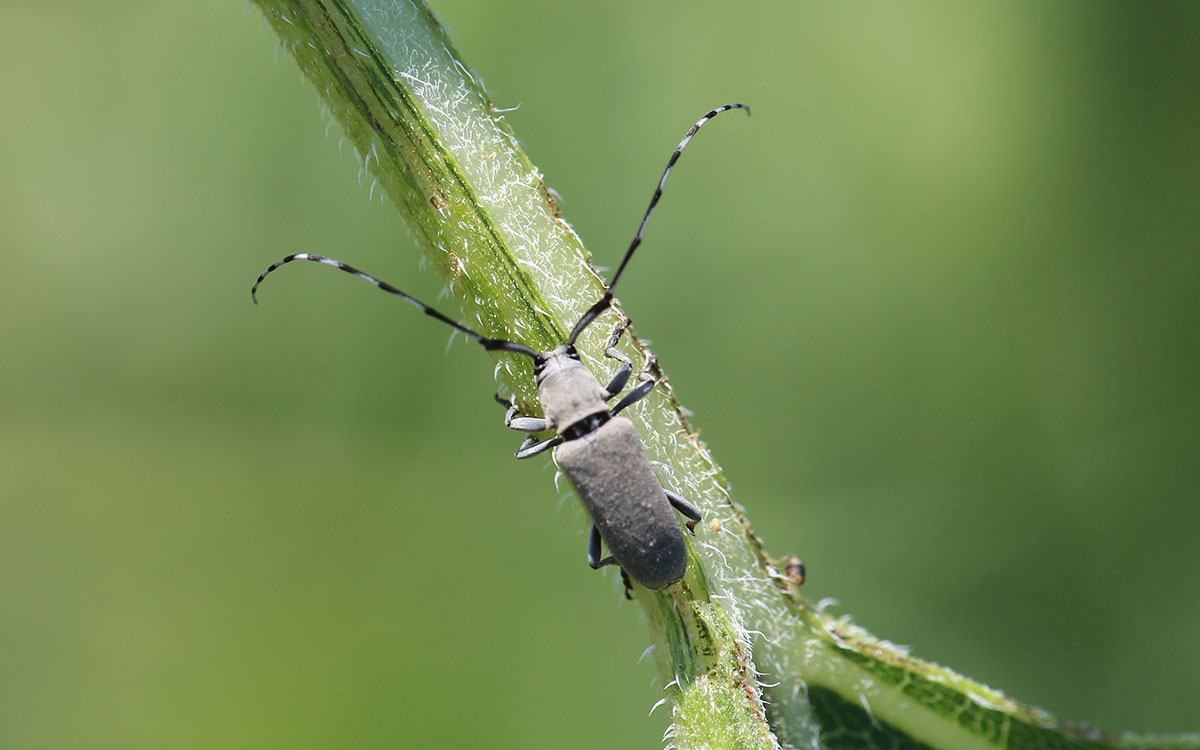
Dectes Stem Borer in South Dakota Soybeans
Fact sheet on Dectes stem borer in South Dakota soybeans
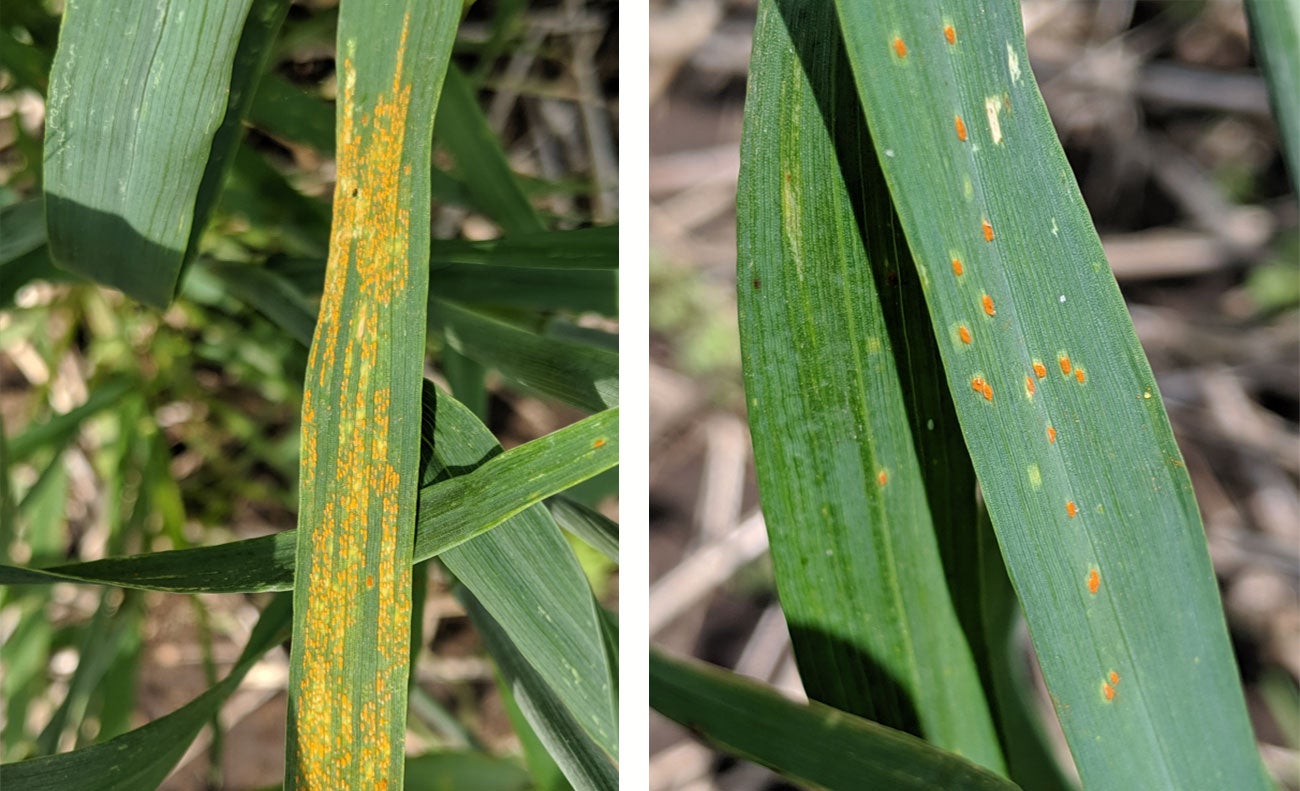
Stripe Rust and Leaf Rust Developing in Winter Wheat
Stripe rust and leaf rust were found in winter wheat plots at the SDSU research farm in Aurora. Observation of these two rusts indicates that we have inoculum in our area, therefore winter wheat fields should be scouted until wheat is done flowering.
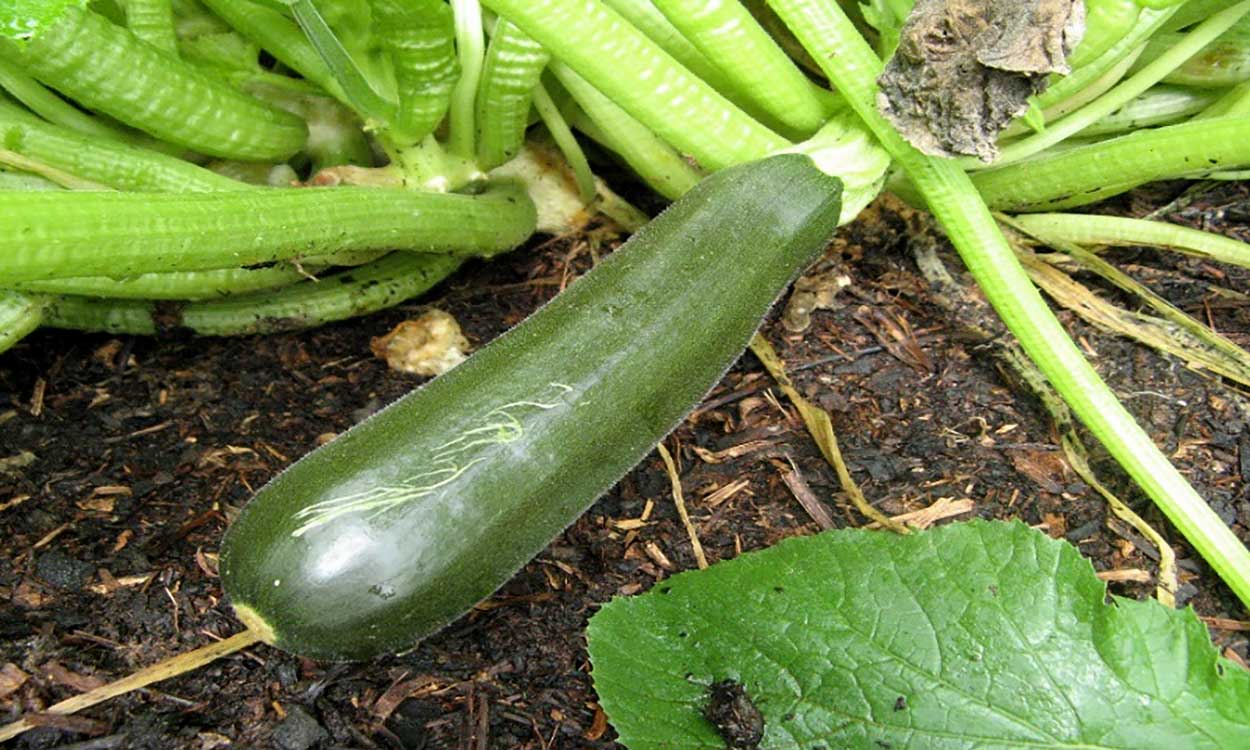
Summer Squash: How to Grow It
There are many types of summer squash, including the familiar zucchini (which can be green, green-striped, or yellow), crookneck, straightneck, patty pan and more.

Fusarium Head Blight Update: May 29, 2025
Fusarium head blight, also known as scab, is a fungal disease that infects wheat heads during flowering. Recent weather conditions across South Dakota have provided the environment needed for Fusarium head blight to begin infection.
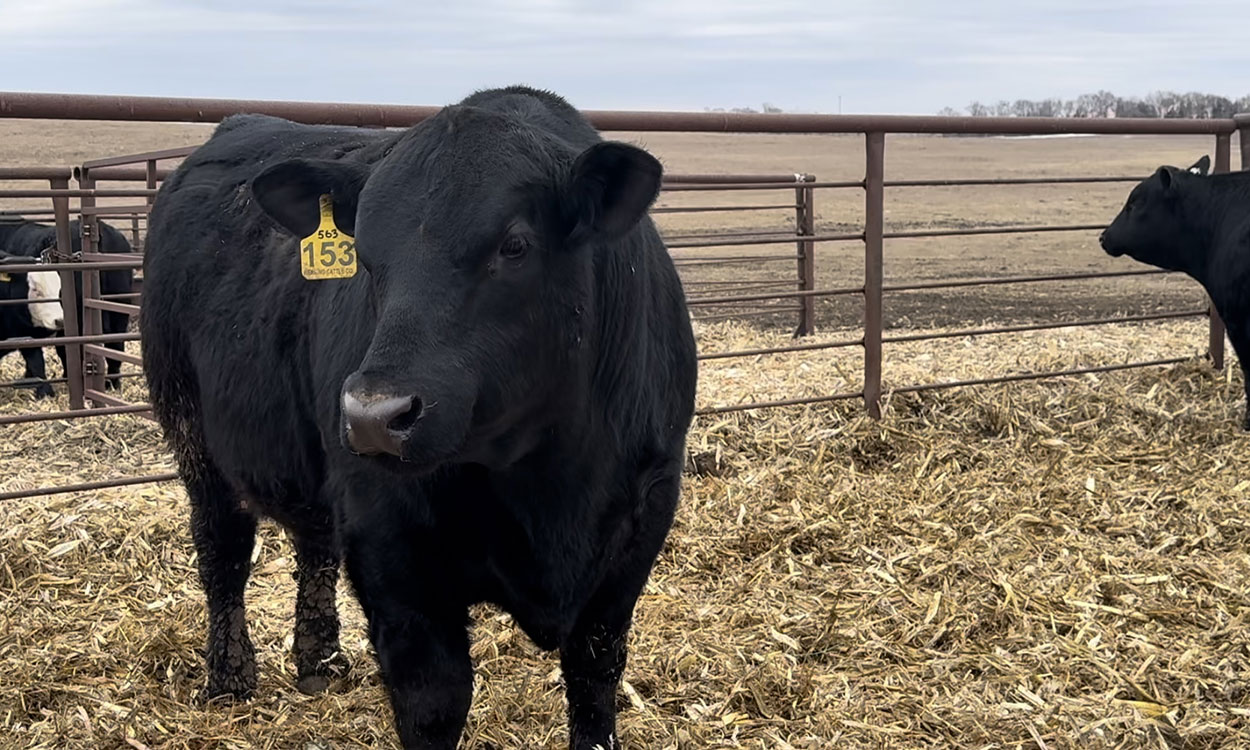
Bought the Bull. Now What?
It is always best to be prepared rather than playing catch up in cattle production, and the addition of a new herd bull is no exception. Learn some expert tips to get new herd bulls off to a great start.
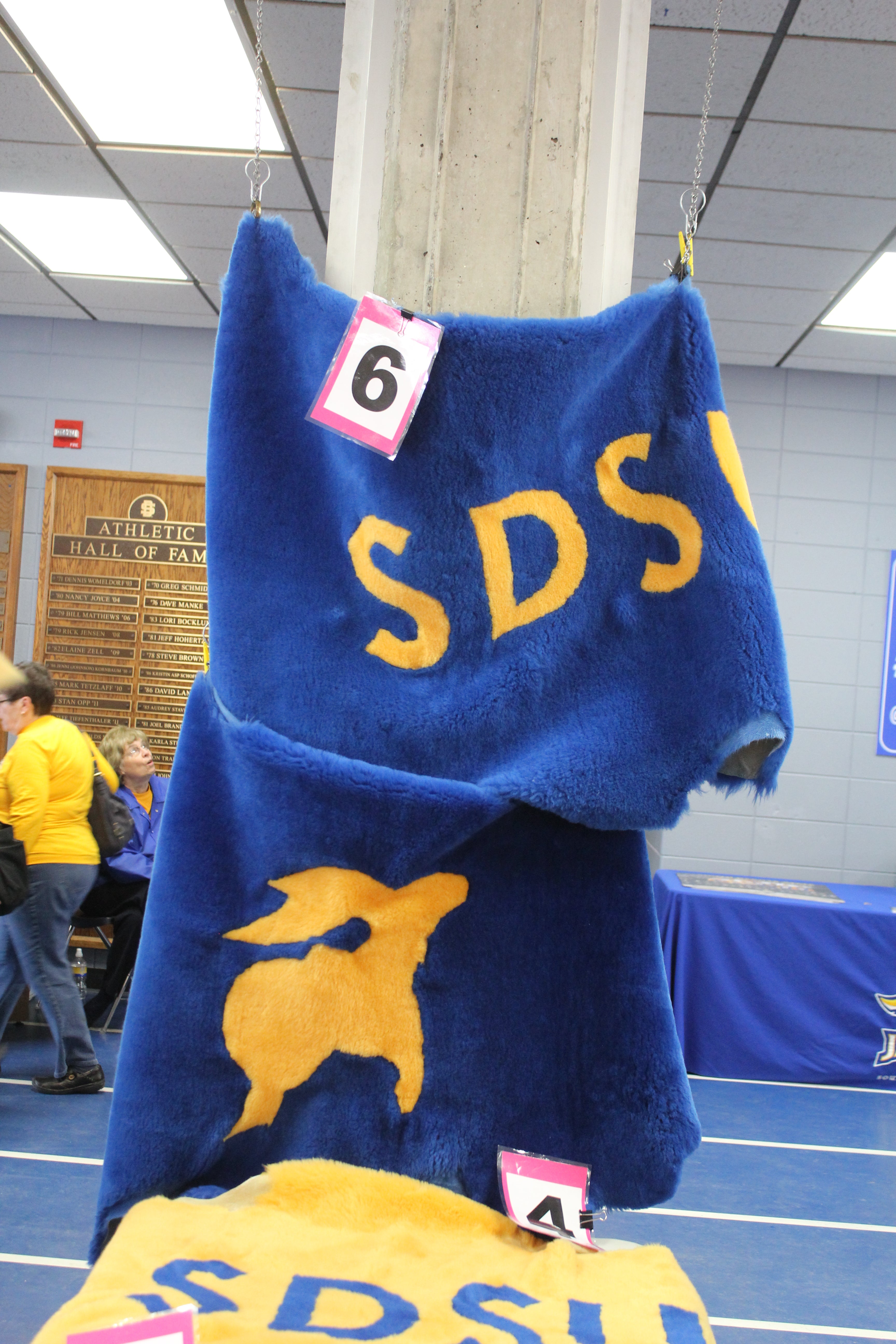
South Dakota State University to Host 30th Annual Lamb Bonanza
December 29, 2021
The SDSU Department of Animal Science, alongside the South Dakota Sheep Growers Association and the SDSU Athletics Department, will be hosting the 30th Annual SDSU Lamb Bonanza at 2:00 p.m. on Saturday, January 15, 2022. The event will be held in conjunction with the SDSU men’s basketball game against the University of Denver at Frost Arena on the SDSU campus.
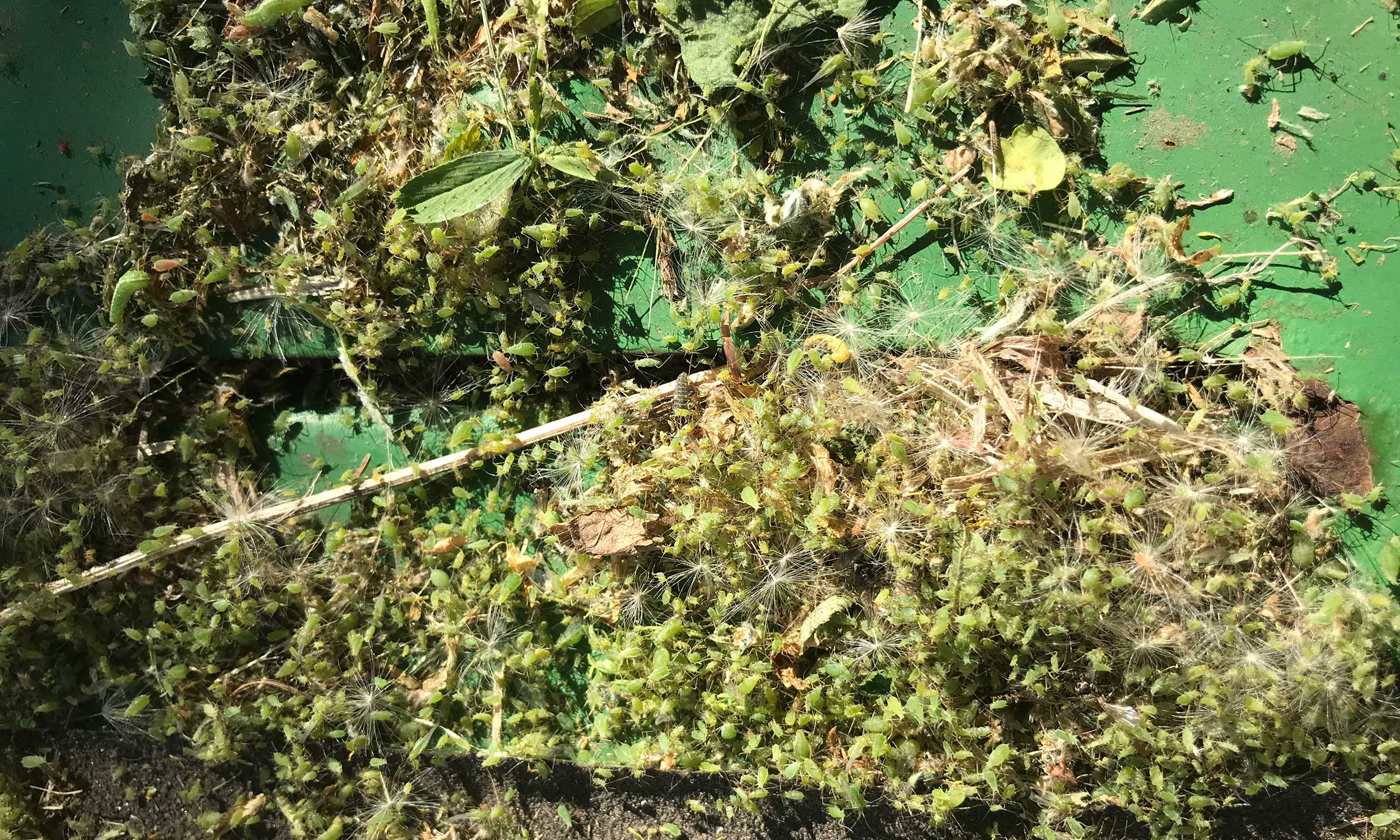
Watch for Pea Aphid Populations in Alfalfa
Recent reports have indicated that pea aphid populations are very large in some alfalfa fields and should continue to be monitored and possibly managed.